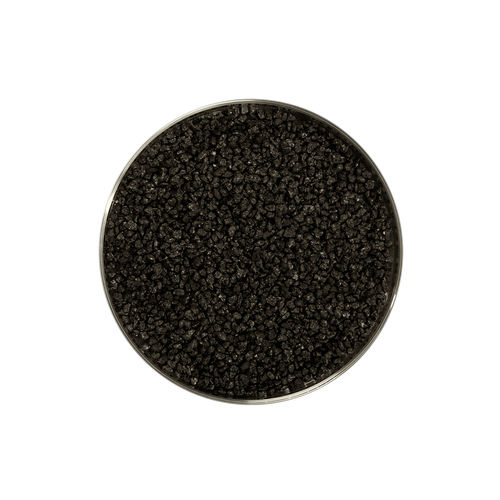
Mycorrhizal Ecto Liquid
Product Details:
- Classification Other
- Chemical Name Other
- Type Other
- Physical State Liquid
- Release Type Other
- Application Agriculture
- Color Black
- Click to view more
Mycorrhizal Ecto Liquid Price And Quantity
- 100.0 INR
- 100 Kilograms
Mycorrhizal Ecto Liquid Product Specifications
- Other
- Other
- Other
- Agriculture
- Liquid
- Black
- Other
Mycorrhizal Ecto Liquid Trade Information
- 5000 Kilograms Per Month
- 3-7 Days
- Yes
- Free samples are available
Product Description
In commercial forestry, successful transplantation of crop trees to new locations often hinges on the presence of an ectomycorrhizal partner. This need is particularly critical for trees that exhibit specific requirements for their mycobiont, especially when they are planted in environments far from their native habitats and among unfamiliar fungal species. This necessity is well-documented in plantations involving obligate ectomycorrhizal trees like Eucalyptus and Pinus species.
To ensure the thriving of these species in large-scale plantings, it is common practice to introduce a native inoculum of ectomycorrhizal fungi. These fungi establish symbiotic relationships with tree roots, significantly enhancing nutrient uptake and overall plant health.
Beyond supporting tree vitality, species such as pine and eucalyptus are strategically chosen and promoted in forestry for their capacity to sequester atmospheric carbon dioxide, thereby mitigating climate change impacts. This dual role underscores their importance in both ecological restoration initiatives and global efforts to address environmental challenges through sustainable forestry practices.
 English
English Spanish
Spanish French
French German
German Italian
Italian Chinese (Simplified)
Chinese (Simplified) Japanese
Japanese Korean
Korean Arabic
Arabic Portuguese
Portuguese


 Call Me Free
Call Me Free